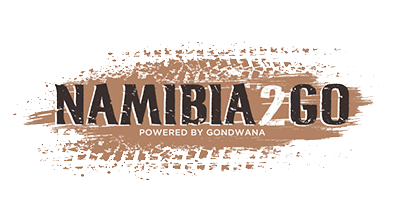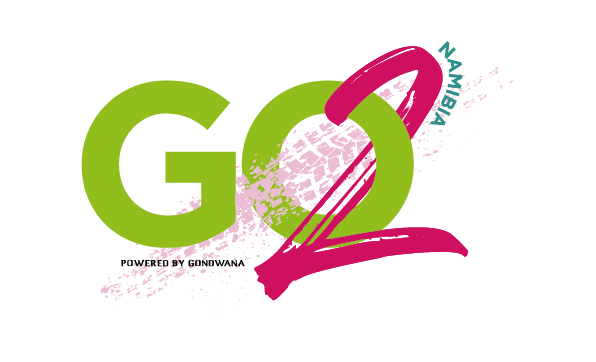It was a sweet discovery to learn that Ouma Nannie Greyvensteyn from Molteno in the Eastern Cape was the inspiration behind our beloved Ouma Rusks.
The tale has its beginnings in 1939 during the great depression when the Molteno residents were feeling the effects of the devastated economy with the price of wool produced in the Molteno area having dropped dramatically. The women of Molteno attended a church meeting to discuss how they could bring in funds for local mission work. While the women put heads together, the dominee provided additional incentive offering each woman in his congregation a half-crown to reinvest in a small business enterprise which could help to fill the coffers. Elizabeth Ann Greyvensteyn knew immediately what she could do, she could use her natural talent as a baker and make rusks using the delicious family recipe. These she could sell to the local community at sports meetings, church bazaars and other social events.
Rusks - dried bread or cake - are not new to us and along with biltong have sustained many a person on long journeys over the centuries, as have ‘beschuit’ in the Netherlands and ‘biscotte’ in France. They have formed part of the southern African culture since the Dutch arrived at the Cape of Good Hope in the late 1600s, becoming the quintessential ‘padkos’ – food for the road. And a morning coffee wouldn’t be quite the same without a crunchy rusk to accompany it.
When Nannie’s rusks proved to be popular, her husband Thys, who owned the town’s Ford dealership, started to deliver rusks in his Ford bakkie and became known as ‘Thys Beskuitjies’. There was such a demand for Nannie’s rusks that it grew into a family business venture and their son Leon also got involved. He delivered rusks to outlying areas and built more clay ovens and a rusk drier in the barn on the family’s Friedenheim farm, using an old car engine to drive the fans. Over time the barn became a small factory, which expanded and was rebuilt over the years.
The family business was sold in the 1970s, eventually landing in the hands of FoodCorp and the current owner, RCL Foods. The rusks were first known by the name of ‘Uitspan’, then ‘Outspan’ and finally they hit on the name that would enter the hearts of all southern Africans, ‘Ouma Rusks’.
Well, Ouma is no longer with us, but her rusks are now produced in a variety of flavours like Anise, Muesli and Buttermilk, and are more popular than ever, sold throughout the country and beyond. And Foodcorp kept the tale sweet by securing the 250 jobs in the Ouma Rusk factory when they constructed their new unit right next to the old one on the outskirts of Molteno.
Ouma Nannie’s rusks live on, based on a solid family recipe that included a dash of talent, a sprinkle of hope and a dollop of ingenuity. And many oumas continue to make rusks to be sold at markets, padstalle and delis, for those who still prefer the homemade touch.
(References: The history of one of SA's favourite snacks: Ouma Rusks (timeslive.co.za); Ouma keeps historic town alive | The Heritage Portal; Keeping our Ouma (rusks) in Molteno | Farmer's Weekly (farmersweekly.co.za)
You might also like
Copyright 2025. All Rights Reserved by Padlangs, Gondwana Collection Namibia


%20(1).png)
.jpg)
.jpg)




.png)

SUBMIT YOUR COMMENT